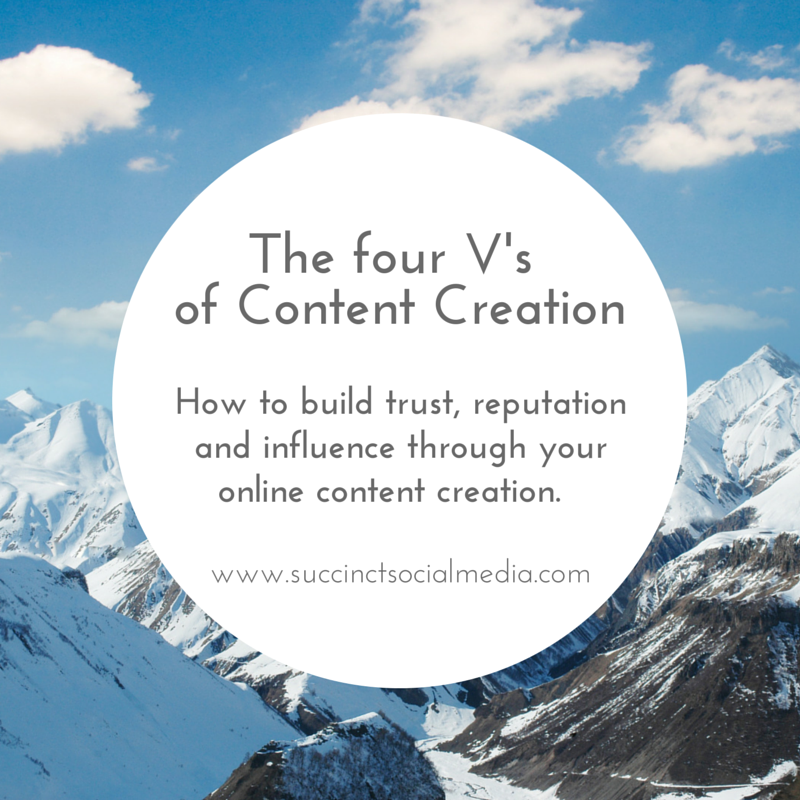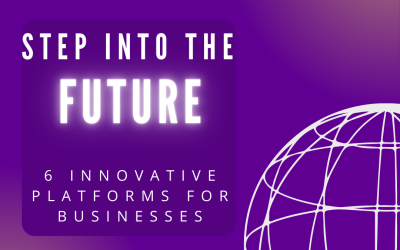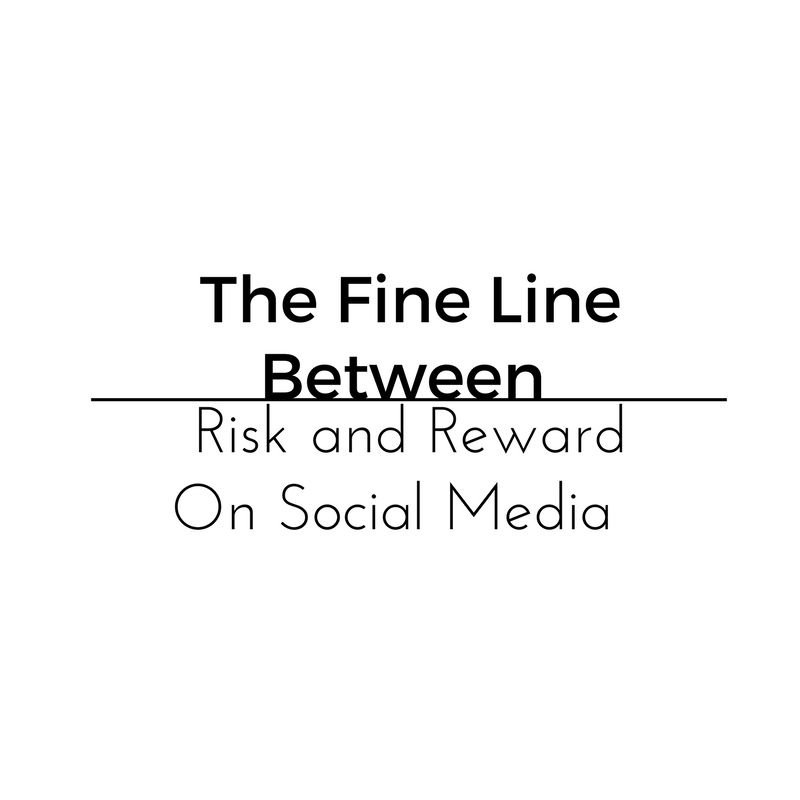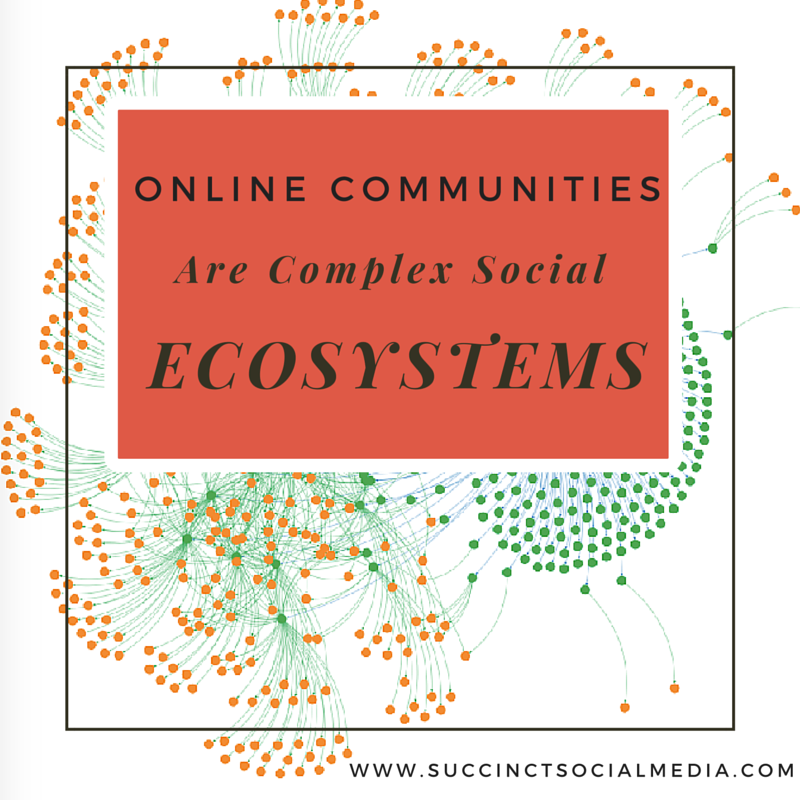The Four V’s of Content Creation. When you or your company is searched, Google will search the most recent and original content out there that relates to you. With this information, it will then build a “Knowledge Graph” that will show up to the right of the search page beside all the blue search answers that come up about you. Search used to return statistically possible answers to keyword queries. This is no longer the case. What has changed is that our online reputation, authority, and credibility will now help to make up Semantic Search. This type of search is more personalized, populated with familiar faces, and is more accurate. You just have to look at how search is changing in our everyday world. We are using our cell phones, we use the predictive Google Now, navigate using Google Maps and surf Youtube. There is so much information out there; search had to change to accommodate all of the information. Have you heard of the term “big data”? Semantic Search is big data and it is being organized by the Google machine to create your knowledge graph, reputation, credibility, and influence. So how is Semantic Search organized and what are the key components? Let’s get into the 4 Vs: Volume, Velocity, Variety, Veracity Produce lots of great content (Volume), make sure you produce it on a regular basis and on a consistent basis (Velocity), produce interesting unique content (Variety) and make sure that it is accurate and truthful (Veracity). We do this every day during our lives outside of the web, now we just need to do it with our digital content. After we have created content using the 4 Vs, what happens next? Within all of that data are “Entities.” Entities are things that exist by themselves, a discrete unit. Entities become trusted points around which all other data revolves. Entities link together and though the search algorithms association between different data points are made. So – Various lines are drawn to different entities. People, places and things are connected. How are entities made? They come from all over the web – imported Wikipedia, extracted from web pages, and taken from the social web. Comments and Forums even make up data for entities. When someone searches you –or your company now, the result is going to generate a much wider related field of data than ever before. You will get:
- An answer
- Biographies of associated links
- Recent posts with links (blogs, newspaper articles, etc.)
- Associated entities with links.
What does that mean? This means Authority, Trust, Reputation, and Influence are all going to be measured and associated with the Knowledge Graph. How do you manage this? You need to go back to the formula of the four V’s. You need Volume, Velocity, Variety, Veracity Think Connection, Social Discovery, and Social Buzz If you want to dive even further into your understanding of entities, please visit David Amerland’s Slide Share SEO in the Age of Semantic Web. Companies and individuals should see this as an opportunity to shape and create their reputation and influence online as well as reaching potential clients and customers. Content Creation is an opportunity to target specific groups as well. A LinkedIn study earlier this year found that 87 percent of the Mass Affluent—40 million people in the U.S. with between $100,000 and $1 million in assets, excluding the value of their homes—is active on social media. These are the people that will purchase or invest. People that you want to reach, and a significant percentage of them are happy to reach back. You just need to have your content and your Knowledge Graph in order and present. We are entering into a new era where you need to be utilizing and capitalizing on all the intellectual property that you have stored within the walls of your company, or your home office. Start creating, writing and publishing relevant content today. You will see the benefits quickly. So, what is the next step? Well, you probably have already started. You probably made a cup of coffee this morning, checked your LinkedIn and liked a page or left a comment, maybe then you left a comment on a friends social page and then you might have written a post for your Google + page. All of these actions create connections and data. And all of this data will in-turn make up your Knowledge Graph. But, if you really want to make a difference. Start blogging, it is never too late to manage your reputation and grow your influence. Have you started noticing a difference in your experiences when searching and Google’s new Semantic Search? Please share with us your stories. We are in a new and changing web landscape, your experiences and comments are a great way for all of us to learn more about the new changes in search.




